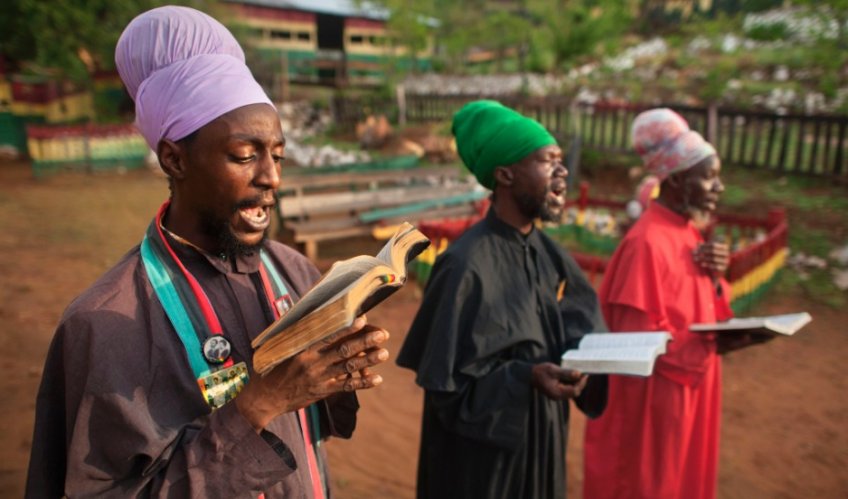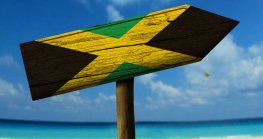The history of the Rastafarian culture

Rastafarianism is a small but well-known religious group based in Jamaica.
But despite its size, it has achieved significant global recognition – mostly through Reggae Music and cultural symbolism.
In 1935, the first form of Rastafari is believed to have been established in Jamaica by Leonard Powell. Howell preached the blessedness of Haile Selassie.
He also preached that blacks would gain the superiority over whites that had always been destined for them.
Howell’s actions uplifted others to help evolve and spread the word of Rasta belief.
This marks the beginning of Rastafarians and it paved the way for the destiny of the Rasta movement, bringing the hope of a revival of Africa and freedom of the black race.
Marcus Garvey paved the way for Rastafari
Marcus Garvey, one of Jamaica’s national heroes, created the “Back To Africa” movement and is known as the first person of color to create a mass movement to promote the freedom of African people.
In the 1920s, Marcus Garvey often made reference to the crowning of an African king in the future. His ideas got a lot of attention from the poorer Jamaican communities, and black movements in the UK and US.
The crowning of Ras Tafari Makonnen as ruler of Ethiopia in 1930 was interpreted as a fulfillment of Marcus Garvey’s prophecy by some.
Makonnen reigned as Haile Selassie gained other titles, such as the Conquering Lion Of The Tribe of Judah.
The evolution of Rastafari
Haile Selassie visited Jamaica in 1966, where he was welcomed with much appreciation and excitement.
The development of Reggae music during that time made Rastafari well-known on the international stage.
The work of Bob Marley (one of Reggae’s most influential figures) and Island Records was popular with working-class Jamaicans and a wider group outside of Jamaica.
As Stephen Davis said, Reggae drove “the Rasta cosmology into the middle of the planet's cultural arenas, and suddenly people want to know what all the chanting and praying and obsessive smoking of herb [marijuana] are all about.”
Some of the more traditional Rastafarians were not happy with the popularity of Reggae, fearing that Reggae would be looked at as a cultural trend and not as a religion.
In 1974, Haile Selassie was forcefully removed by a Marxist revolution.
He died the next year, but the cause still remains unknown.
The removal of a transcendent figure by a non-religious, political group was discouraging to Rastafarians at first and put doubt on any suggestion that he was anything but a human representation of God.
Nowadays
Today Rastafarianism is still strong and alive in Jamaica, but is still a small religion.
Despite this, Rastafarian symbolism is still very popular through music and art.
There are many small Rastafarian communities islandwide that invite visitors to learn more about the fascinating religion.
© 2019 Jamaica Experiences All Rights Reserved



















